|
Around 3467 accessions are being maintained in the germplasm nursery at the ICAR-IISR, Experimental Farm, Peruvannamuzhi, Kozhikode, Kerala.
|
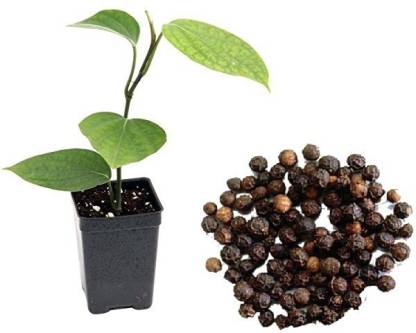 |
|
|
|
18 genotypes were characterized for pericarp thickness, dry recovery and biochemical constituents such as piperine, oleoresin, protein, phenols, reducing sugars and starch content in pericarp.
|
|
|
|
The PnLRR-RLP marker was derived during black pepper - Phytophthora interaction and 2-D barcodes were developed using the unique variability in the signal peptide and LRR domain.
|
|
|
|
The KAAS-KEGG analysis identified 17 important secondary metabolite pathways from the berry transcriptome. Drip fertigation schedules for three varieties (IISR Thevam, Girimunda and Shakthi) were standardized for yield and quality.
|
|
|
Package for enhancing sustainability of black pepper in coconut based cropping system through site specific nutrient management was standardized.
|
||
|
Staining procedure for visualizing Phytophthora nuclei was standardized using SYBR green and propidium iodide dye.
|
||
|
A multiplex PCR assay was developed for simultaneous detection of Phytophthora, Pythium and Fusarium.
|
||
|
Green labelled insecticide, chlorantraniliprole was effective in controlling the pollu beetle (Lanka ramakrishnai) at 0.3 and 0.5 mLjL followed by flubendiamide and spinetoram.
|
|
|
622 accessions are being maintained in the field gene bank which consists of 423 accessions from Appangala, 102 accessions from Pampadumpara, 41 accessions from Mudigere and 56 accessions from Sakaleshapur.
|
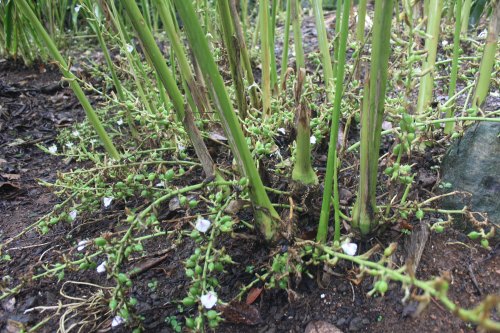 |
|
|
Six genotypes (IC 349537, IC 584058, GGxNKE-12, IC 584078, CL 668, HS 1, IC 584090) with one check (Appangala 1) were evaluated for drought tolerance.
|
|
|
|
Targeted yield equations for predicting nutrient requirements for fixed yield targets in soils with varying fertility levels were standardized with minimum deviations.
|
|
|
|
Two isothermal molecular assays viz. reverse transcriptase loop-mediated isothermal amplification (RT-LAMP) and reverse transcriptase recombinase amplification (RT-RPA) were developed to detect the CdVCV. |
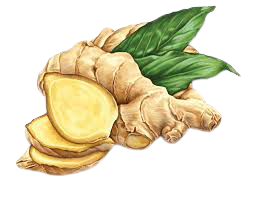 |
668 accessions are being maintained in the field gene bank.
|
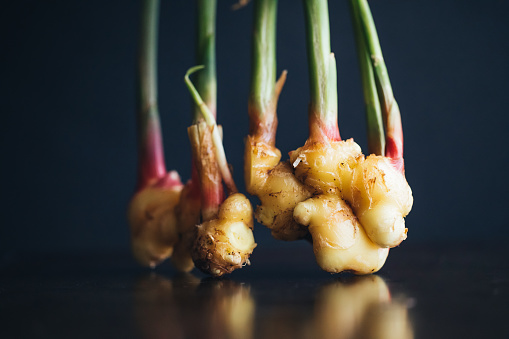 |
|
|
A new variety, IISR Vajra a clonal selection (Acc. 247) with bold and plumpy rhizomes, less fibre (5.67%) and high yield potential (26.38 tjha) was released.
|
|
|
A new conservatory (Garden of Gingers) was established at ICAR-IISR, Kozhikode
|
||
|
|
A superior red ginger genotype with high essential oil (4.3%) along with high pungent principles, gingerol (1.92%) and shogaol (0.55%) has been identified.
|
|
|
|
The bacterial antagonists Bacillus safensis (IISR TB4) and B. cereus (IISRGB7 (3) showed higher suppression of soft rot pathogen, Pythium myriotylum and foliar pathogens, Colletotrichum gloeosporioides and Exserohilum rostratum.
|
|
|
|
A protocol for priming rhizomes with Trichoderma spp. was developed to regulate the germination process, prevent the growth of dry rot pathogens during storage and to provide uniform tillering of seed rhizomes.
|
|
| Two isothermal assays, RT-LAMP and RT-RPA assays were developed and validated for the quick detection of GCFaV-1 and GCFaV-2. |
|
|
Around 1404 accessions are being maintained in the field gene bank and the germplasm conservatory was enriched with three new Curcuma longa and five Curcuma sp. from Andaman Islands.
|
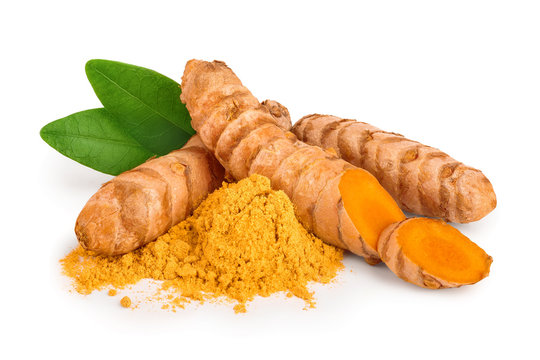 |
|
|
155 accessions, eight varieties and four GIs (Erode turmeric, Sangli turmeric, Waigon turmeric and Kandhmalhaldi) were characterized for different quality parameters and their curcumin content varied from 0.6 to 5.2%.
|
|
|
|
Twenty TFs belonging to the classes bHLH, WD 40, NAC, WRKY and bZIP that showed differential expression with respect to curcumin were identified through comparative transcriptome analysis.
|
|
|
|
Evaluation of different management systems indicated that organic system (100%) recorded maximum yield (34.78 tjha) followed by integrated system (50%+50%)(31.8 tjha). Among the twelve varieties, Suguna recorded highest yield (40.8 tjha) followed by Pragati (38.6 tjha).
|
|
|
|
A novel spice mix formulation with turmeric, ginger and cinnamon was developed for turmeric milk preparation; one as ready to serve flavoured turmeric milk and the other one as turmeric milk instant mix powder. The technologies were commercialized to MILMA.
|
|
|
|
Spraying of low risk insecticides viz., chlorantraniliprole, flubendiamide and spinosad at fortnightly intervals rather than spraying at monthly intervals is more effective in controlling the shoot borer.
|
|
|
|
An entomopathogenic fungus was isolated from Conogethes punctiferalis and identified as Metarhizium pingshaense based on morphological characteristics and molecular studies.
|
|
|
|
Effect of cold storage of rhizomes on lesion nematodes indicated that nematode infested rhizomes stored in a cold storage (4-8DC) for 35 days resulted in 100% mortality of nematodes compared to room temperature. |